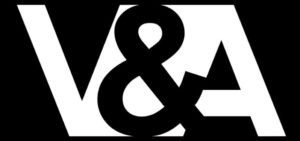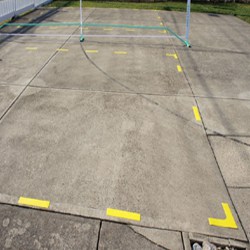It can be difficult to figure out how to score when you start playing pickleball, but the more you play and keep track of it, the better you get at the game. Rally scoring and the entire scoring method can be confusing for beginners, so this complete guide to pickleball scoring can help you clarify things. Pickleballs scoring (especially in doubles) sounds confusing and a bit confusing, but we simplify the scoring system for you so you never lose track of it again. So now that you understand the basics of how to win your next game, how do we get our next games?
With pickleball, it can take a while to get used to, but if you keep playing, it becomes second nature. If you want your players to play by the rules and position their positions correctly, you don’t have to worry about playing right first and keeping points, because you really have to work on your position in the next session. Hopefully we have learned something from this complete guide to pickle ball shooting and a better understanding of how to just stand a little bit off the field and score points in pickle ball games.
If you are first or second on the server, you can retrieve your team, followed by the score of the opposing team when you are on the first and second servers. To help everyone keep the score straight, the points are called by specifying the server number when you open but calling only 2 numbers in a single game.
This means that if you play a game with 11 points and the current score is 10-10 and you get 11 points, you are not cut off. If someone wins by two points, you can continue to play, but it simply means playing with two different numbers whose combinations separate the winning side’s score by two.
There is an unofficial method of scoring in pickleball games that speeds up the scoring of games – and doesn’t require you to remember which side someone is on. The rules of the game remain the same, but only 2 players compete in a game. So sit back and learn how to score goals when players hit the ball back and forth in the net. This three-part pickling ball scoring system applies to both pickling and double, and the pickling ball scoring system in single games is even simpler.
If you start the game on the right side of the board and you are always on the board, the score is balanced. This means that your team’s score is always balanced when you are on the right side of the pitch.
If it’s 2-0 and the other team has taken three points, you’re still on the right side of the pitch. When you hit, your last score is 1, and when the team gets the ball to the sideline, it is odd and your score is always even. If the score is equal when you come back to serve, the first server for the next round of serves will be you, while when they are served, their last numbers will be in their score of 2, but you will still have been on your right side of the court, so you are still on that side. And when the goal comes, when both teams get the balls on the side and they get them on the outside net Then it’s the second serve in the next round.
When it is your turn, you can pitch whenever you are on the right side of the court, but you are on your left side when the score is odd, and you serve to your right when you are on an even score. When you start serving singles when it’s your turn, your score is always even, even if there is an odd score, so serve on this page. When you return in the next round of serve, when the score is balanced, the first server for that round serves to your left and the second server next to you.
Generally, the trick to tracking the pickleball score is to recognize that the player who starts the game on the right side of the court is always considered the straight player. If the correct positioning continues during the games, the player with the colorful ribbon will be on the right – hand – side seat for every balanced score of your team. Together, these two rules above mean that when you start serving to your left, you should always be serving to your left, and when the score is balanced, you serve to your right, even when it is your turn.
This means that if the score is even (i.e. 0-2), the score of both players is equal and they serve to their right when they are on the right side of the court. If the score is odd, both teams have an even score if they are on the right side of the court and serve first. If both points are in even numbers, however, always serve on the right, even when it is your turn.

